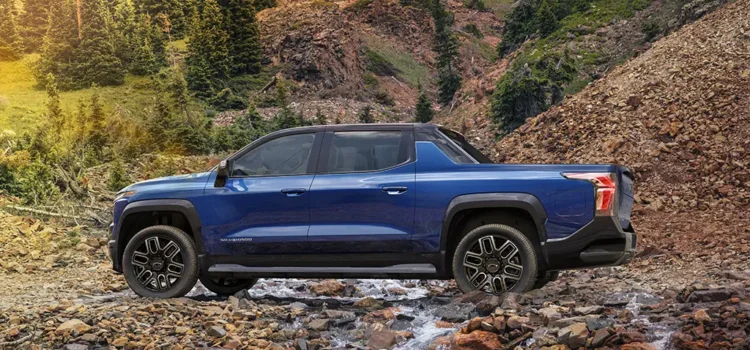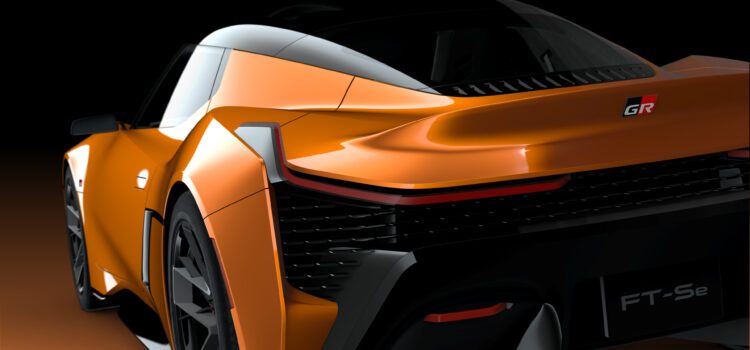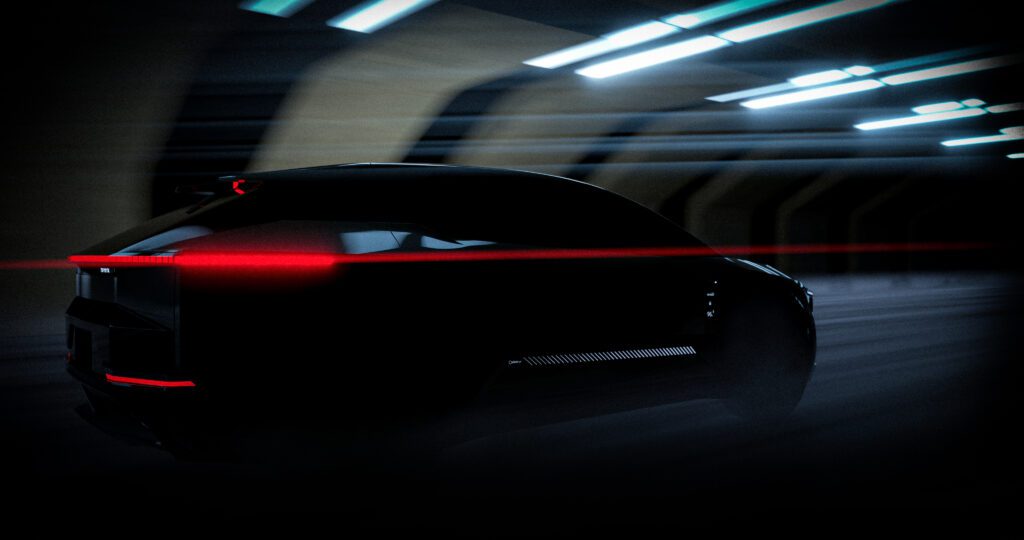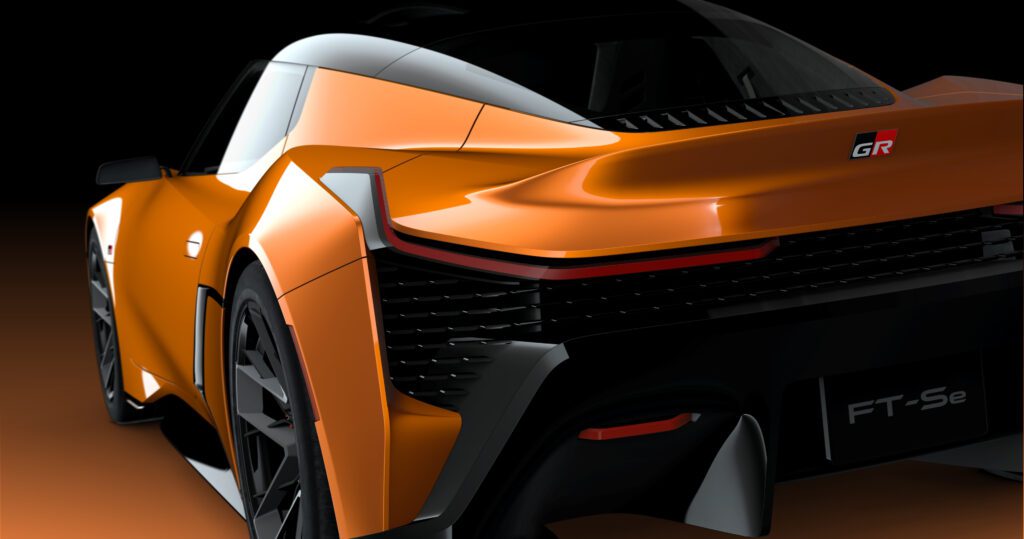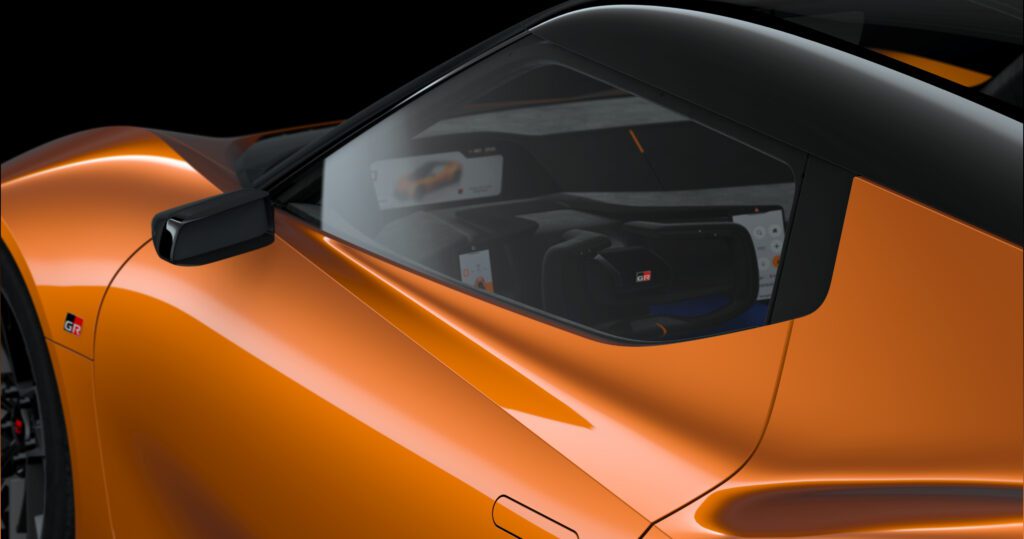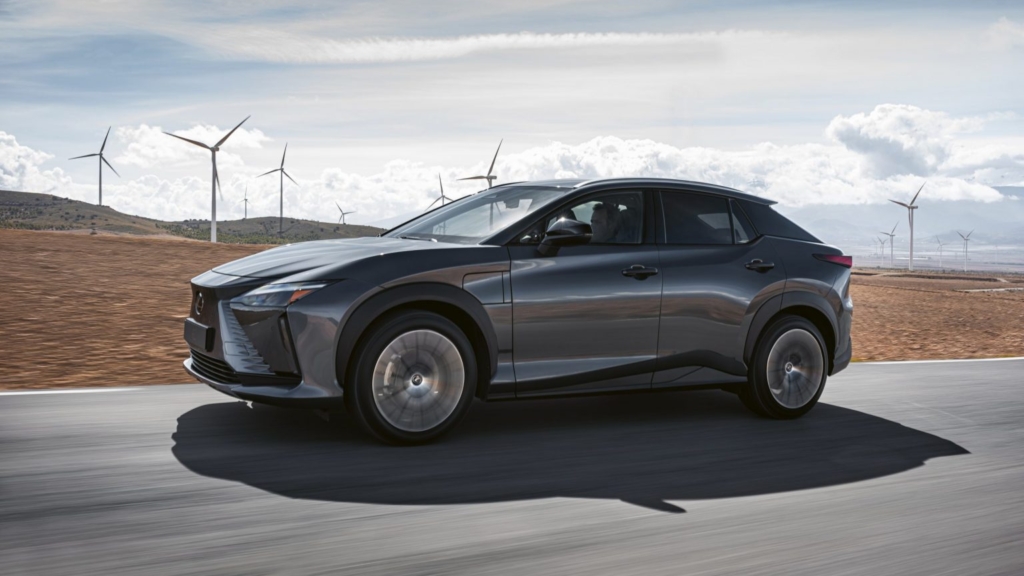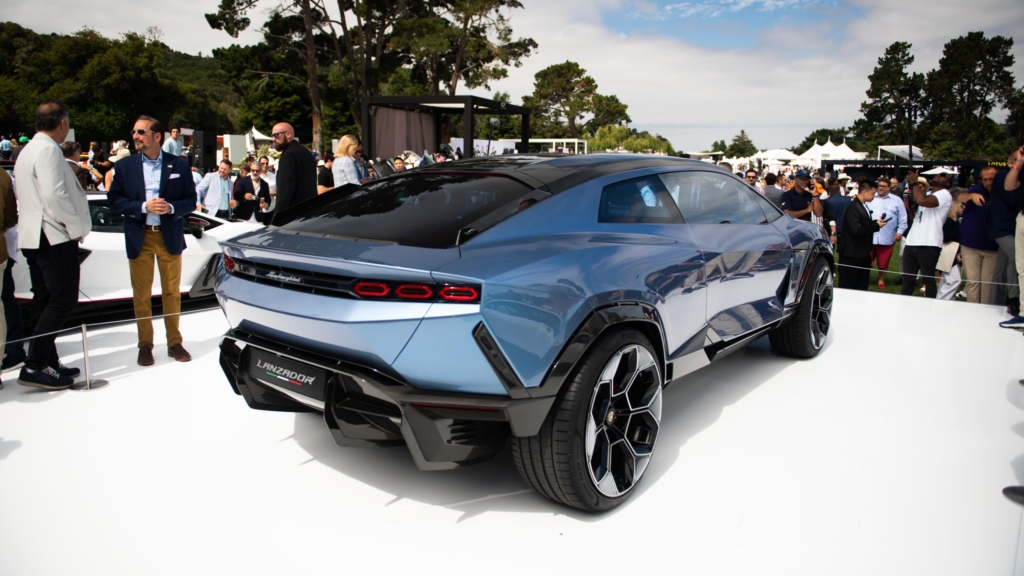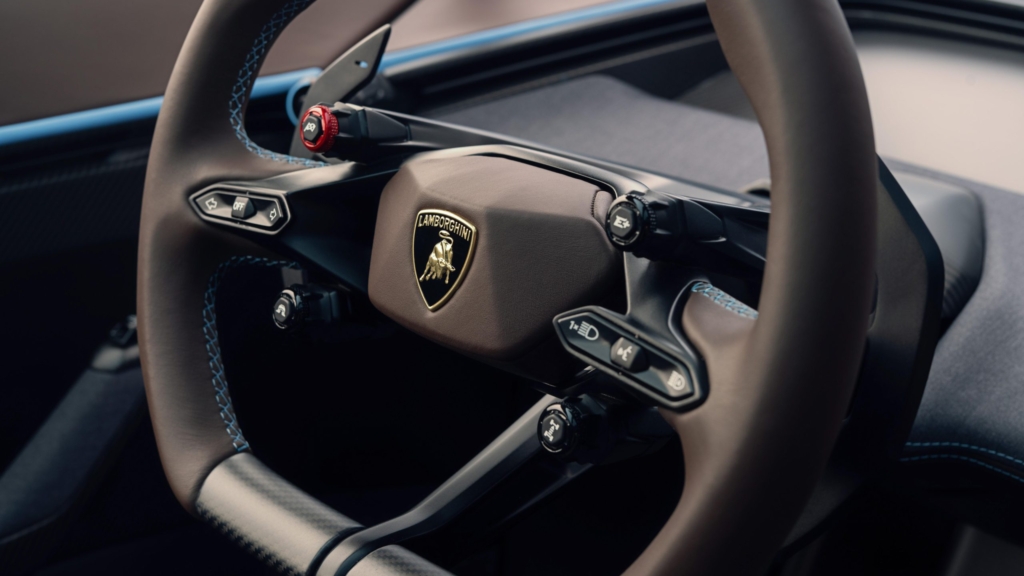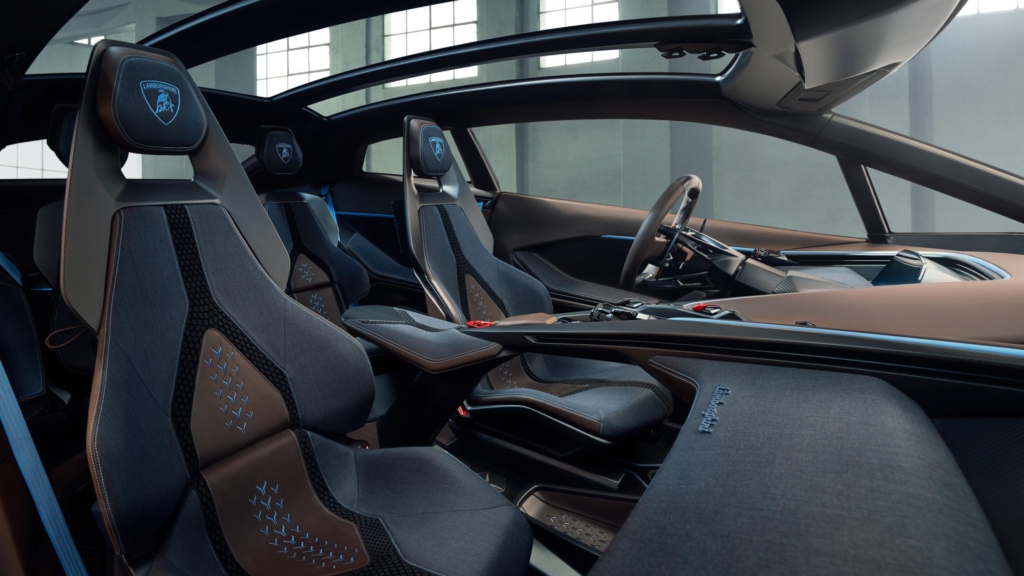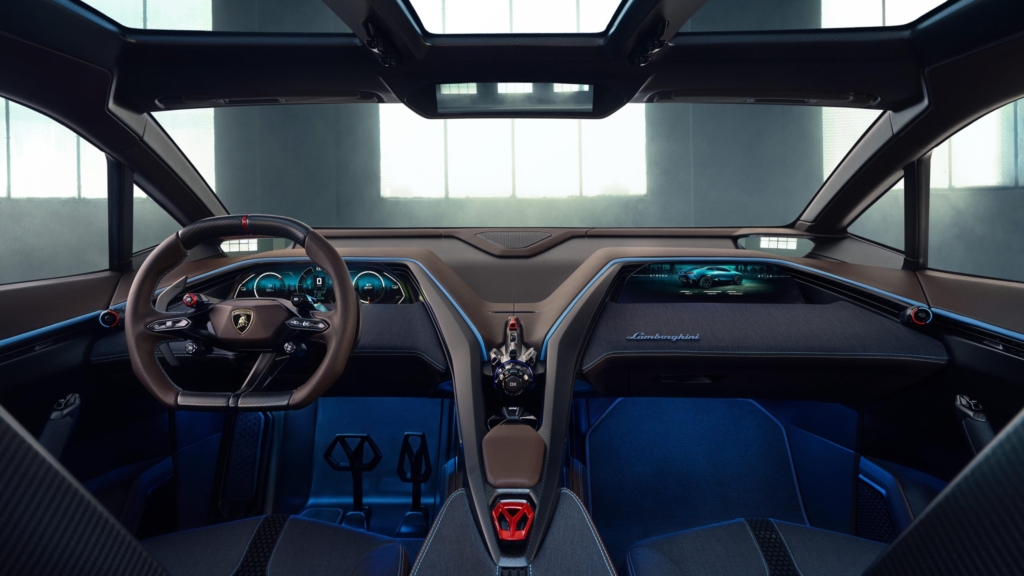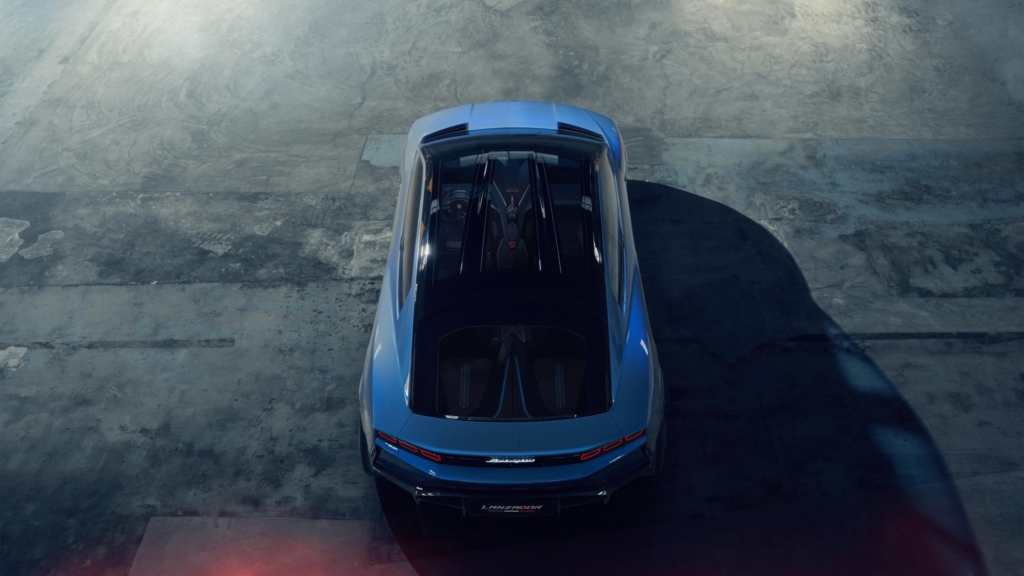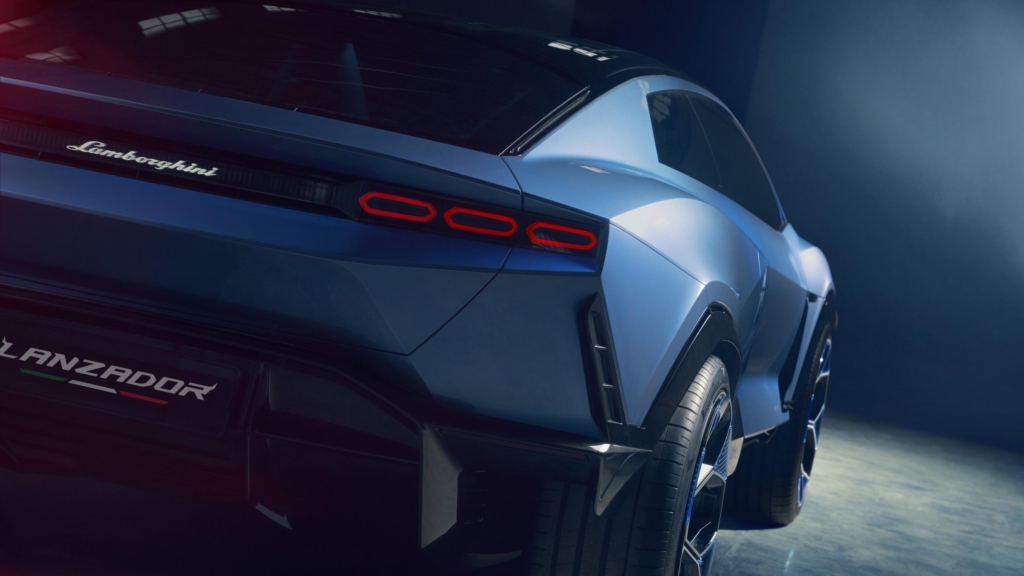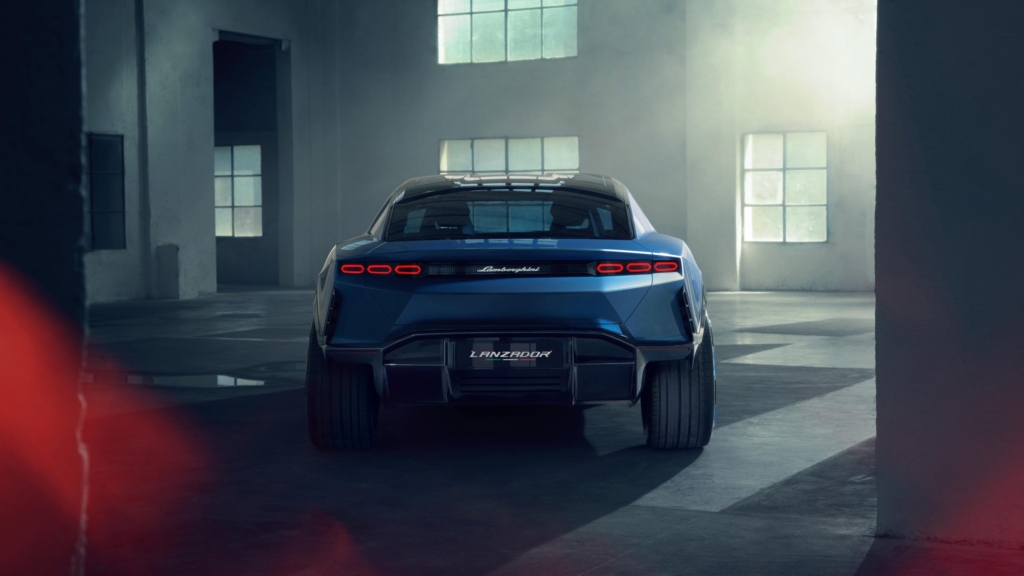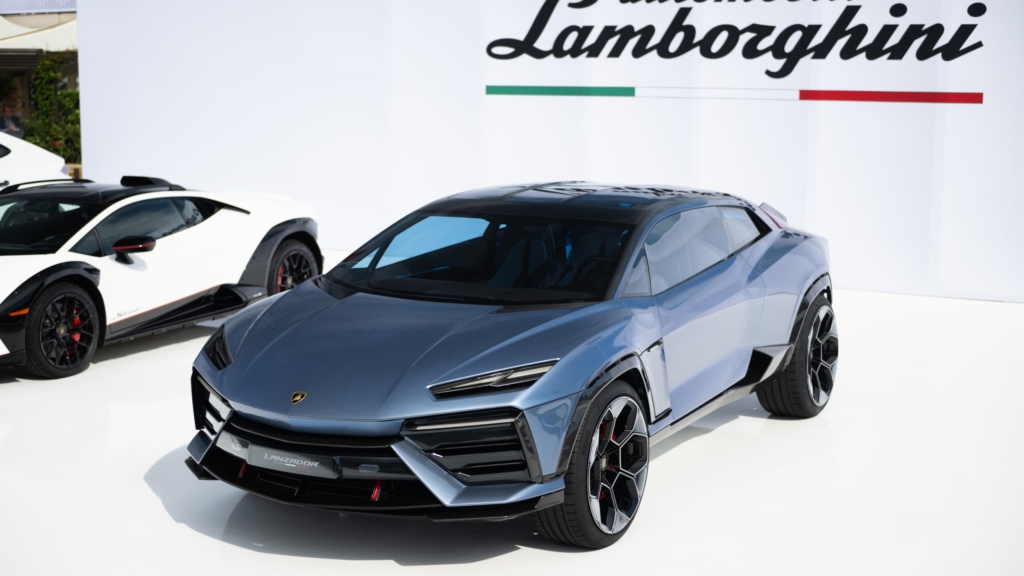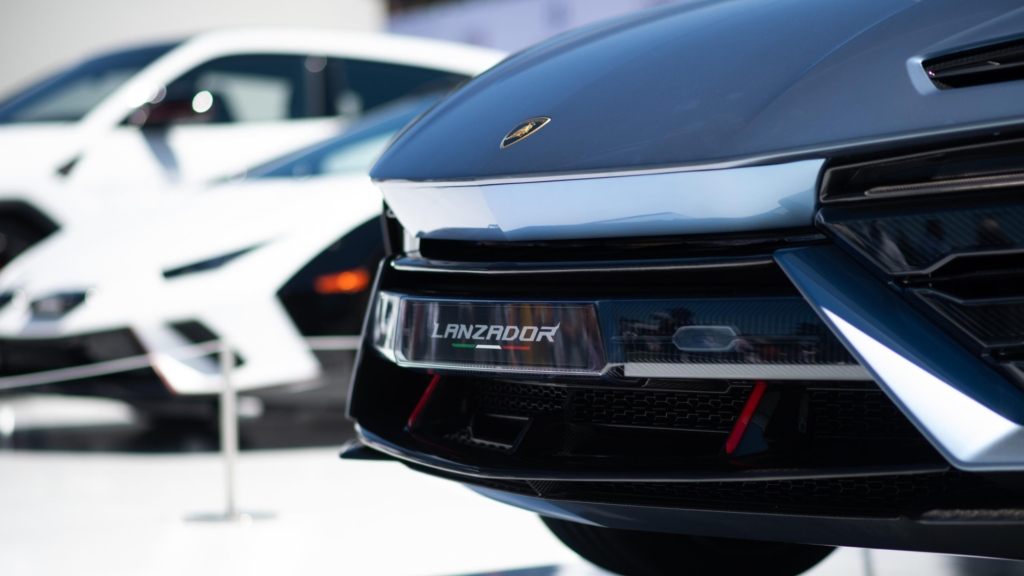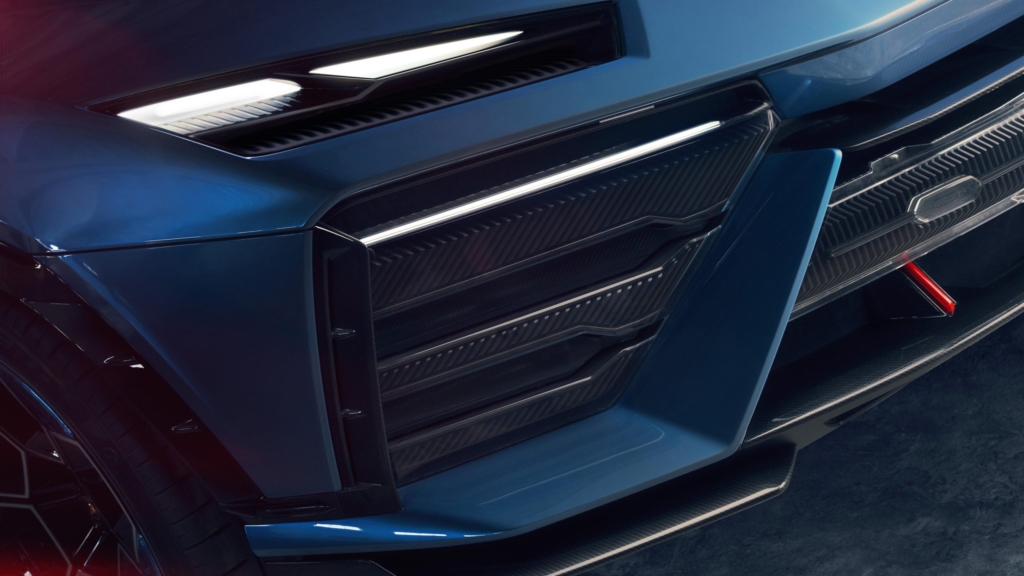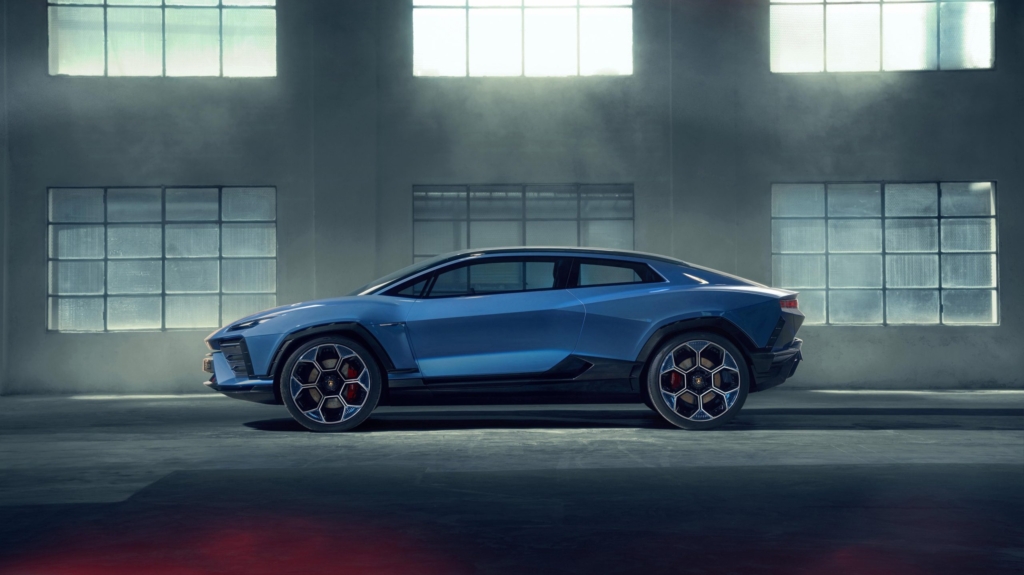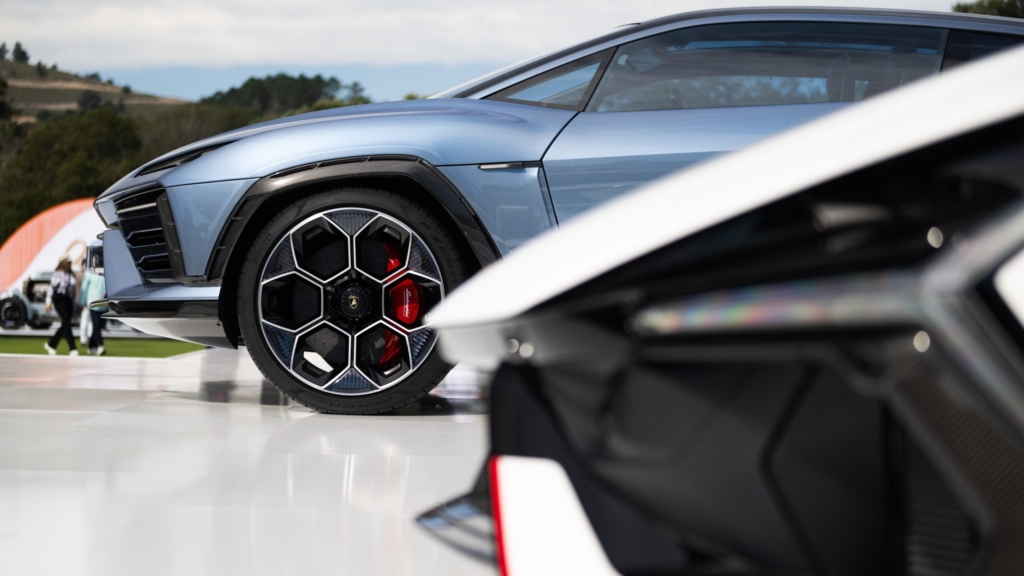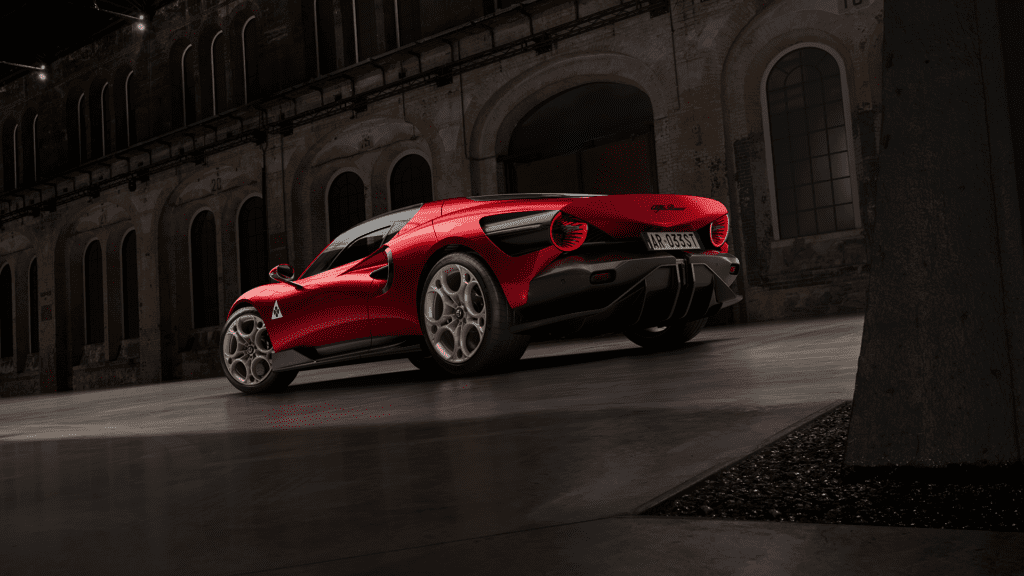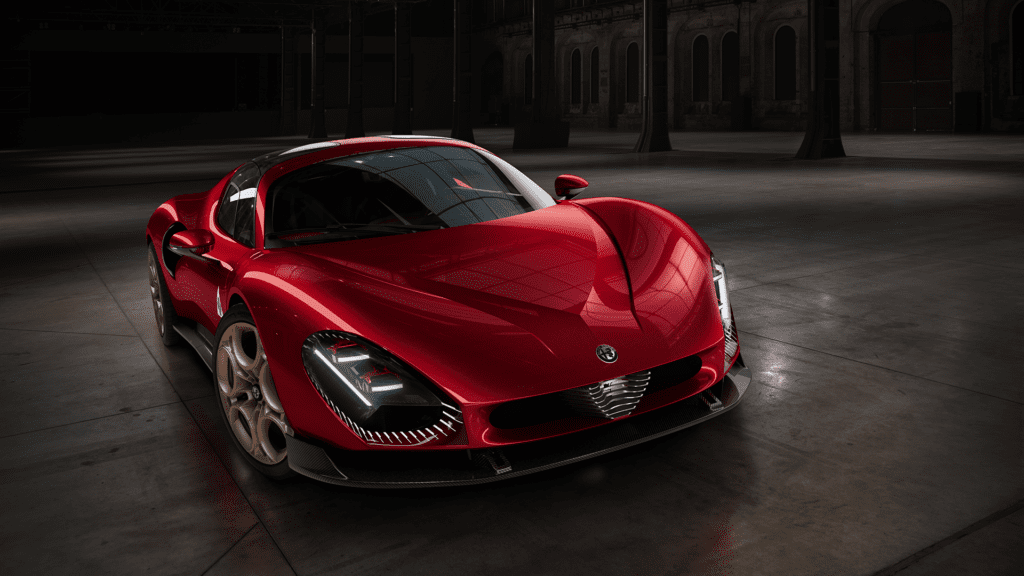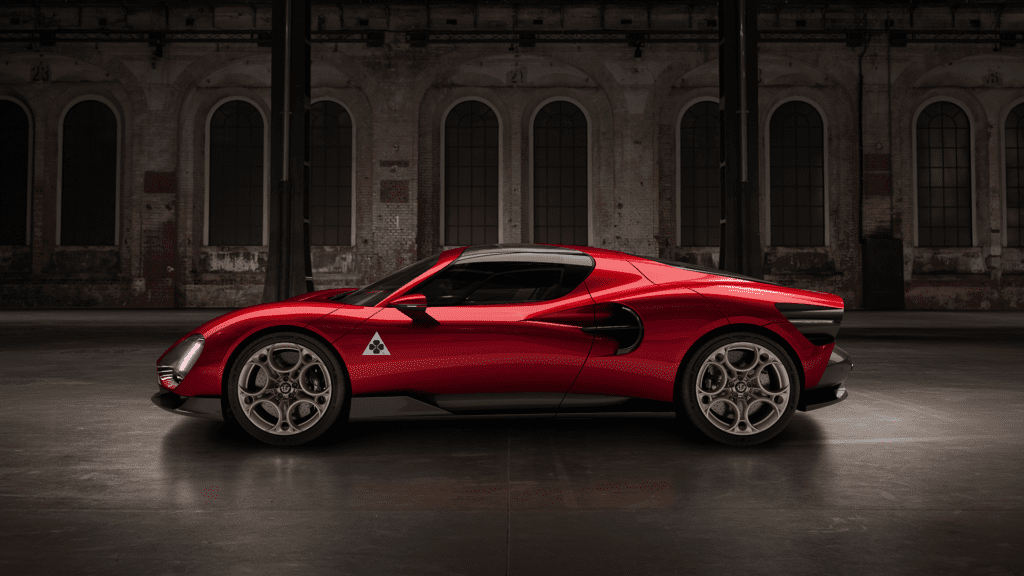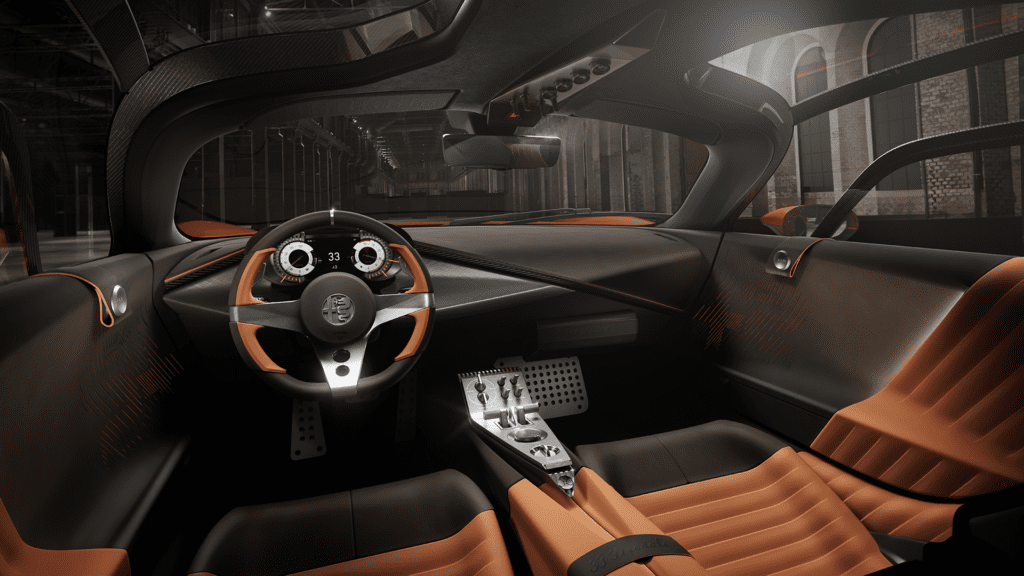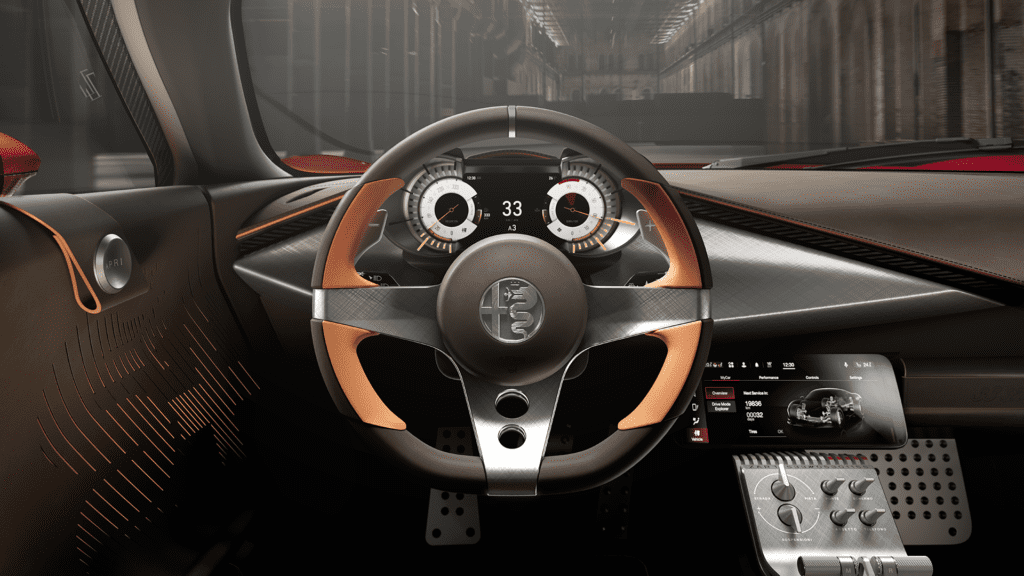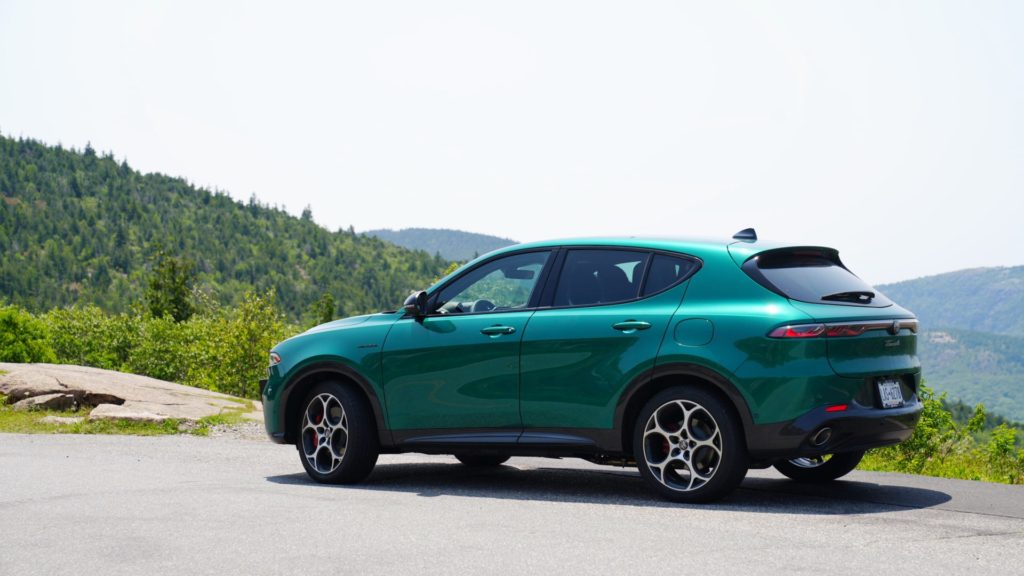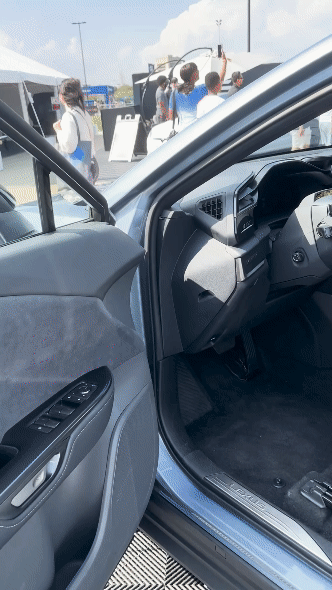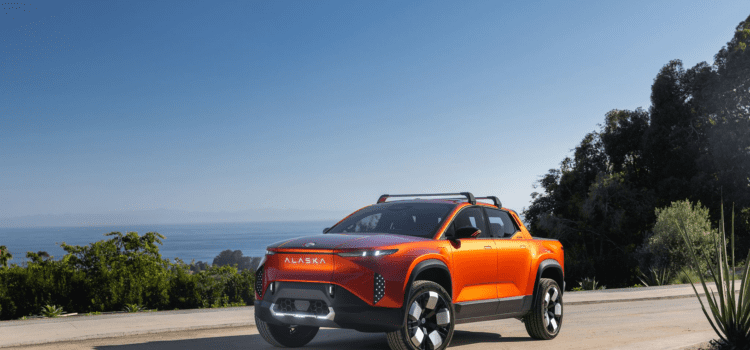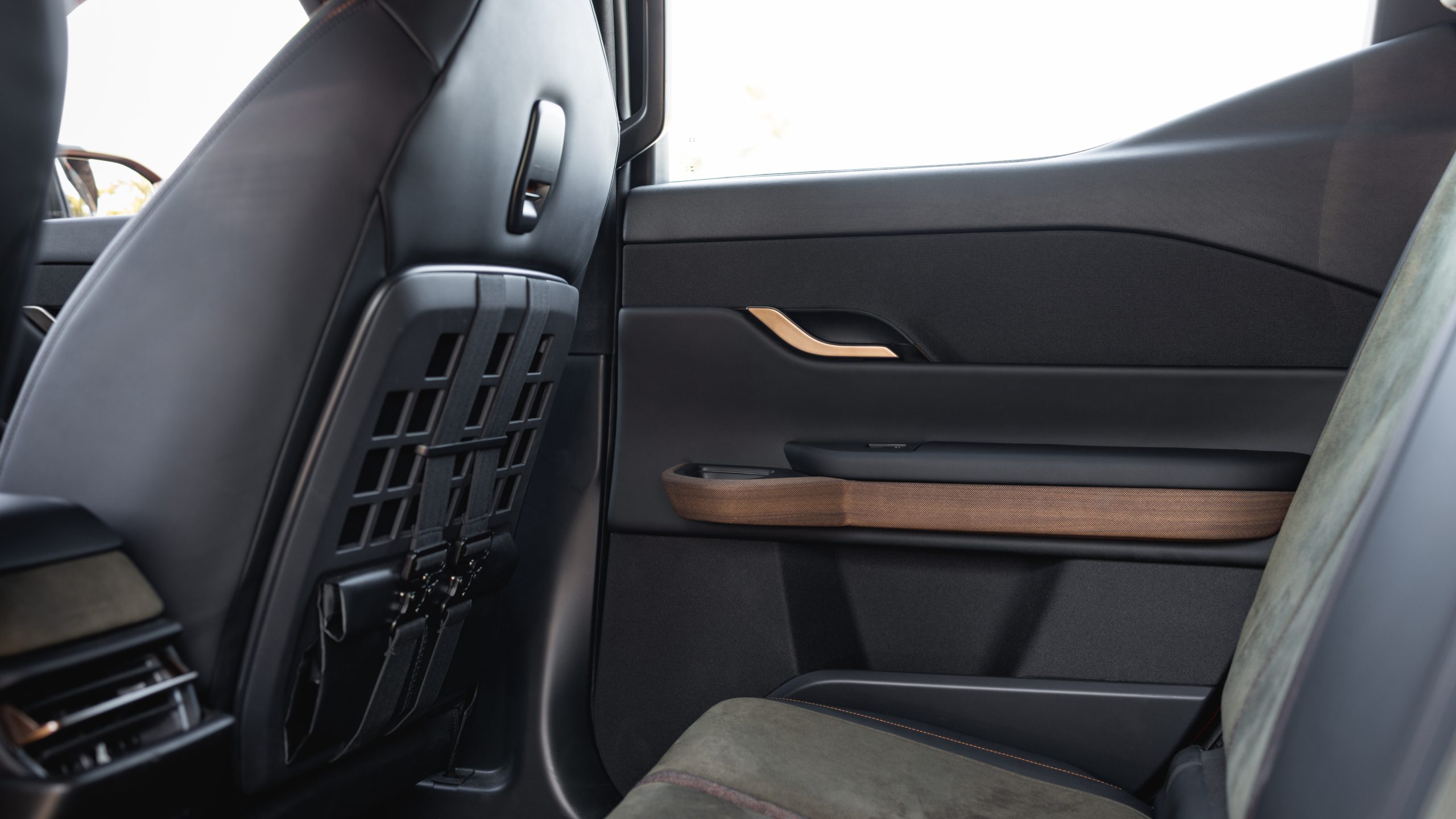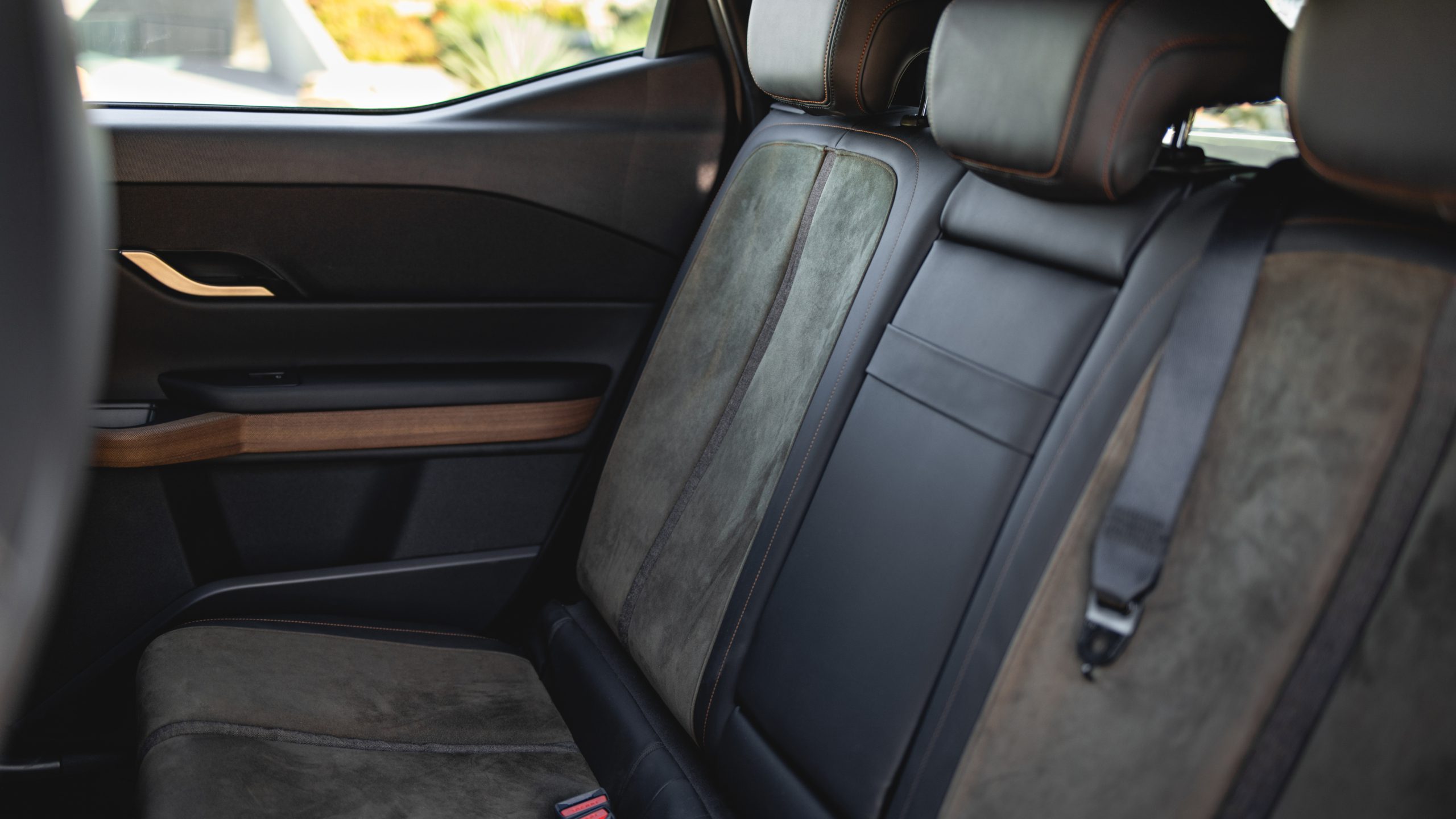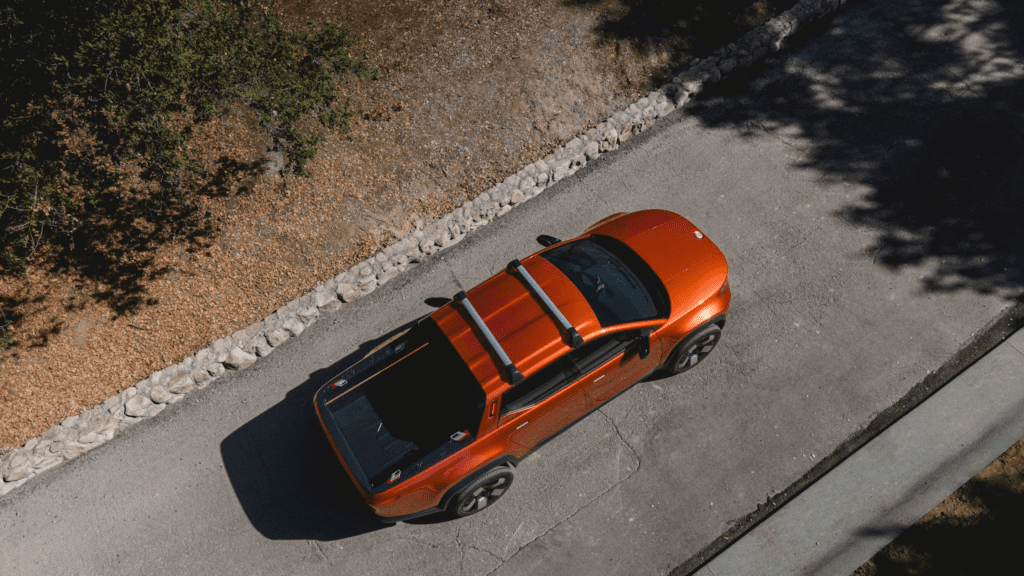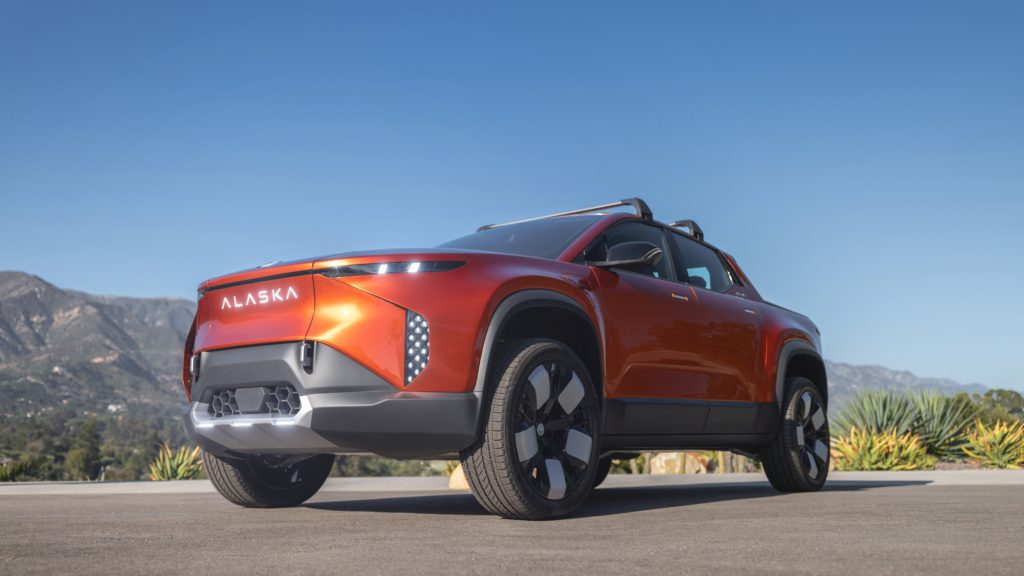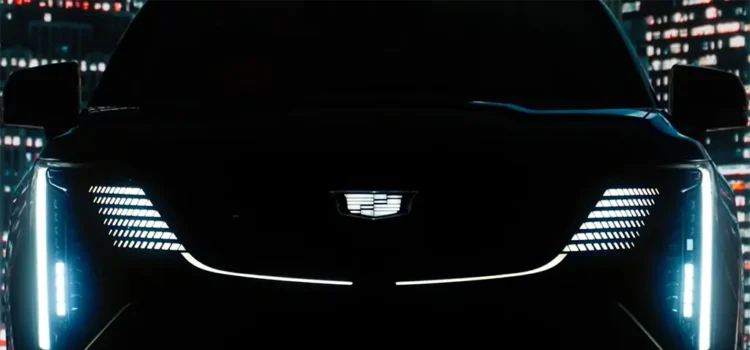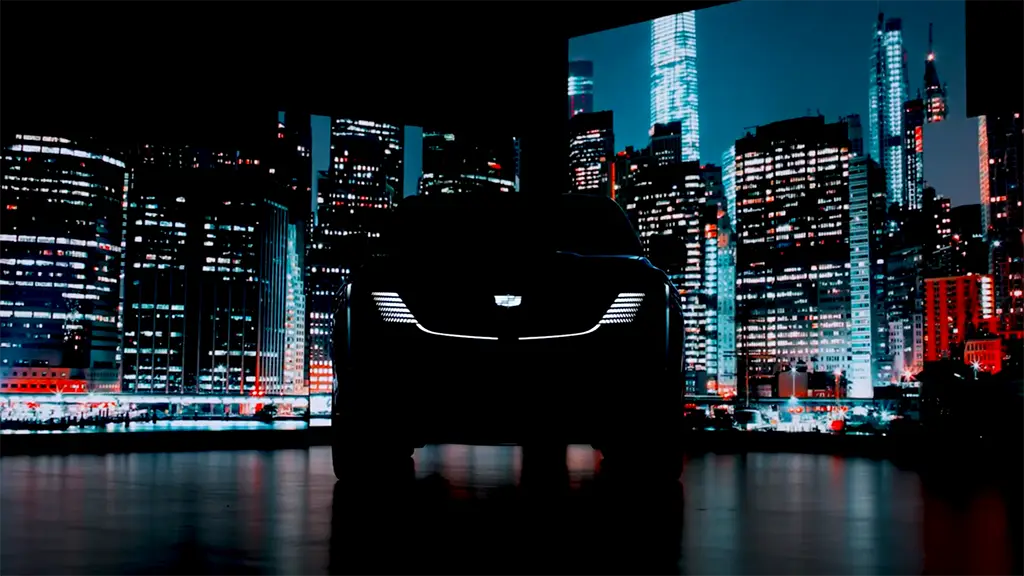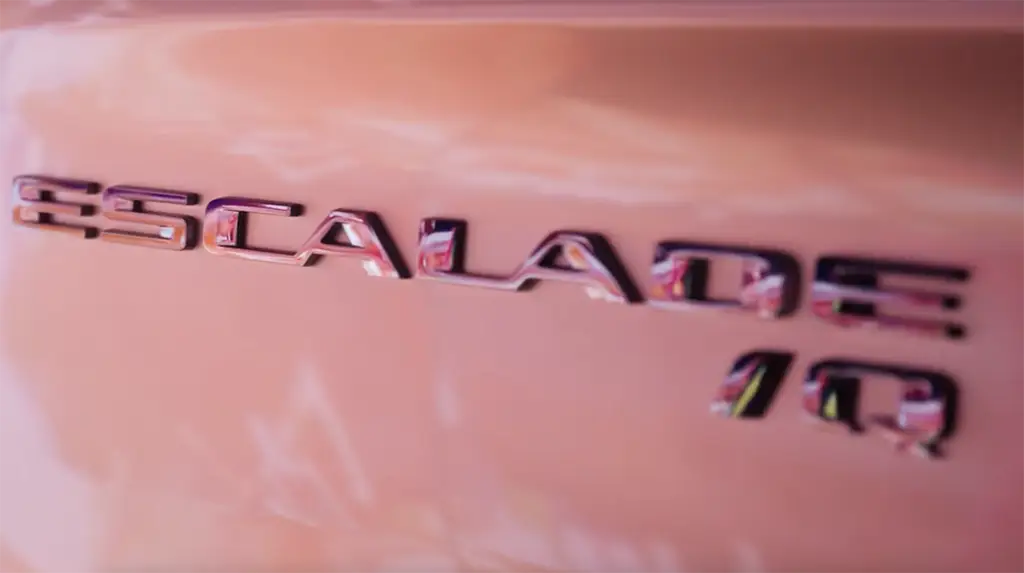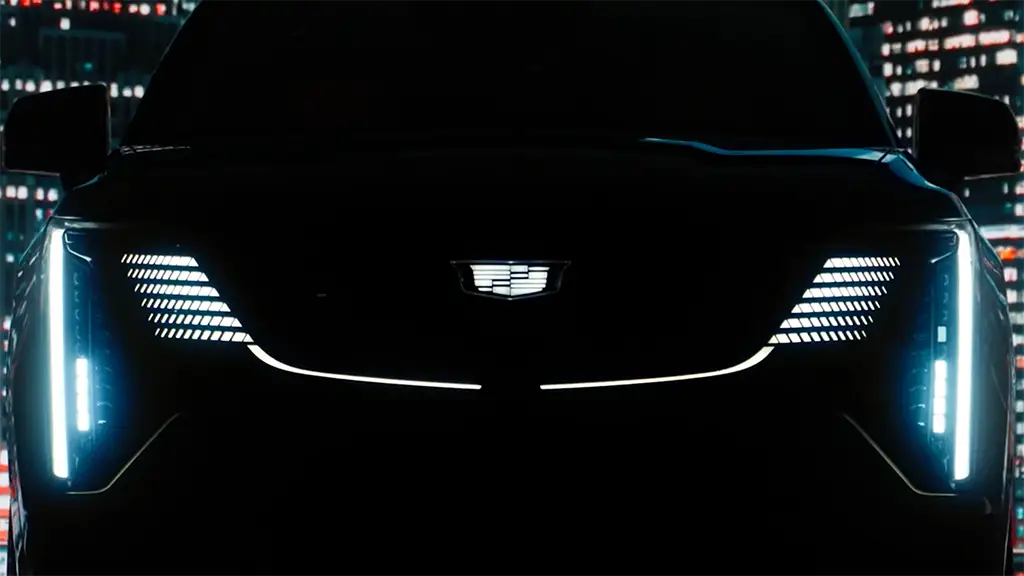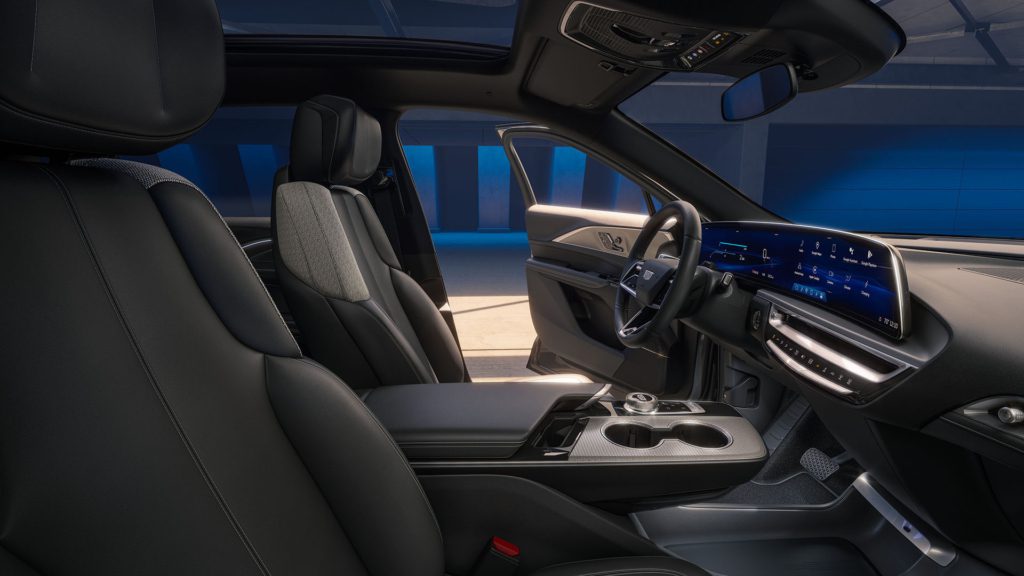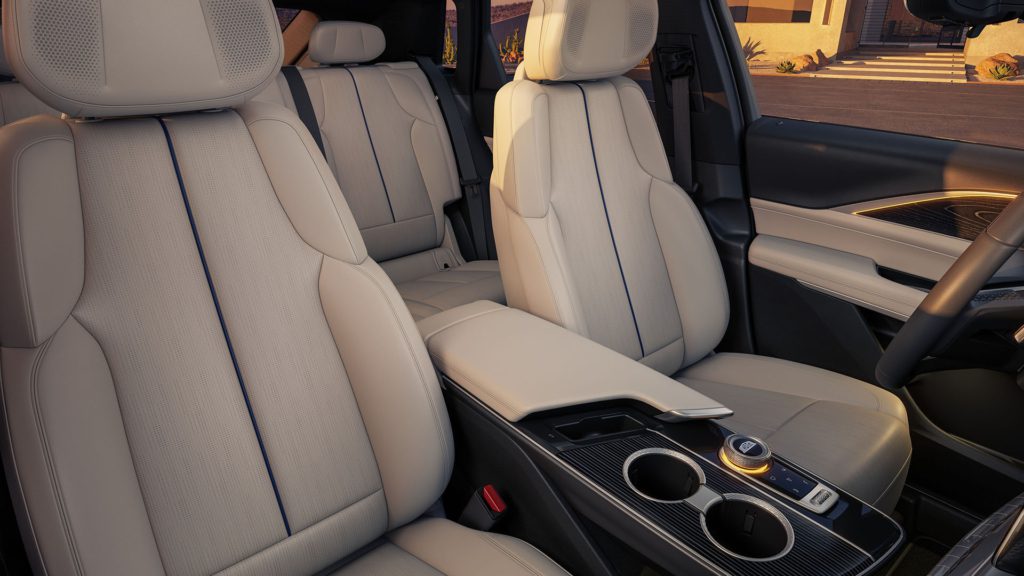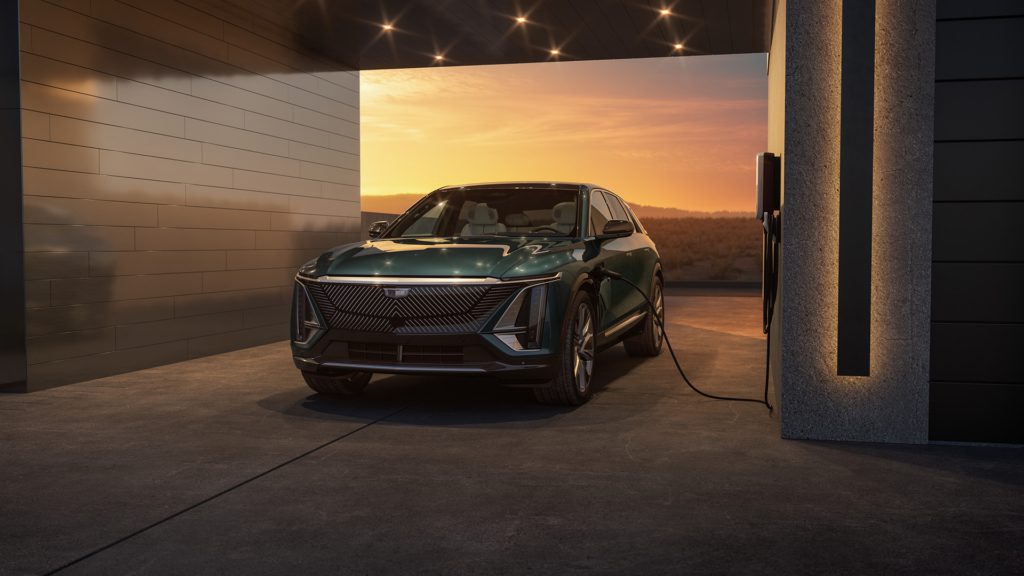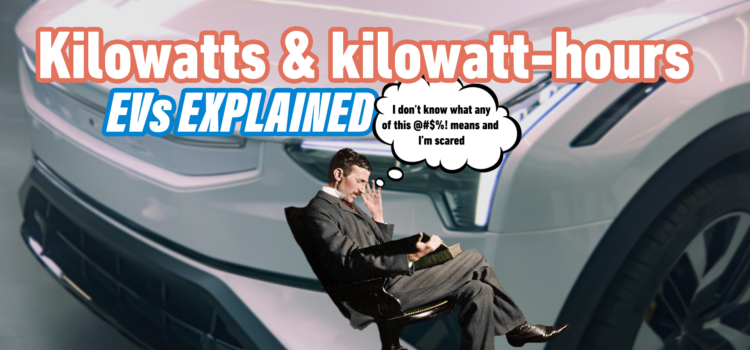General Motors delays production of Silverado EV
General Motors took notice of the recent slowing of EV sales, including Ford’s current struggles with its F-150 Lightning, and announced Tuesday it will delay the planned upgrades to the factory set to make the highly anticipated Silverado EV and the GMC Sierra EV.
The affected plant is in the Orion Township in Detroit, Michigan. General Motors is using the factory in its current configuration to finish off Bolt and Bolt EUV production. Once all of those happy little cars are finished, GM was planning to invest 4 billion dollars in retooling the factory to produce its new electric pickups on the Ultium platform to help meet its ambitious plan to make 400,000 electric vehicles by 2024.
One thing on everyone’s mind, does this have to do with the ongoing UAW strike? According to General Motors Senior Director Kevin Kelley, it doesn’t. They’re just figuring things out, I guess.
“General Motors today confirmed it will retime the conversion of its Orion Assembly plant to EV truck production to late 2025, to better manage capital investment while aligning with evolving EV demand. In addition, we have identified engineering improvements that we will implement to increase the profitability of our products.”
At the moment, the plan is to produce the Silverado EV and its GMC counterpart at Factory Zero, which sits in Detroit and the city of Hamtramck, Michigan. It is currently used for the production of the GMC Hummer EV and is GM’s first dedicated electric vehicle factory. The workers from the Orion Township plant will be able to transfer to Factory Zero when the Bolt ends production at the end of the year.

